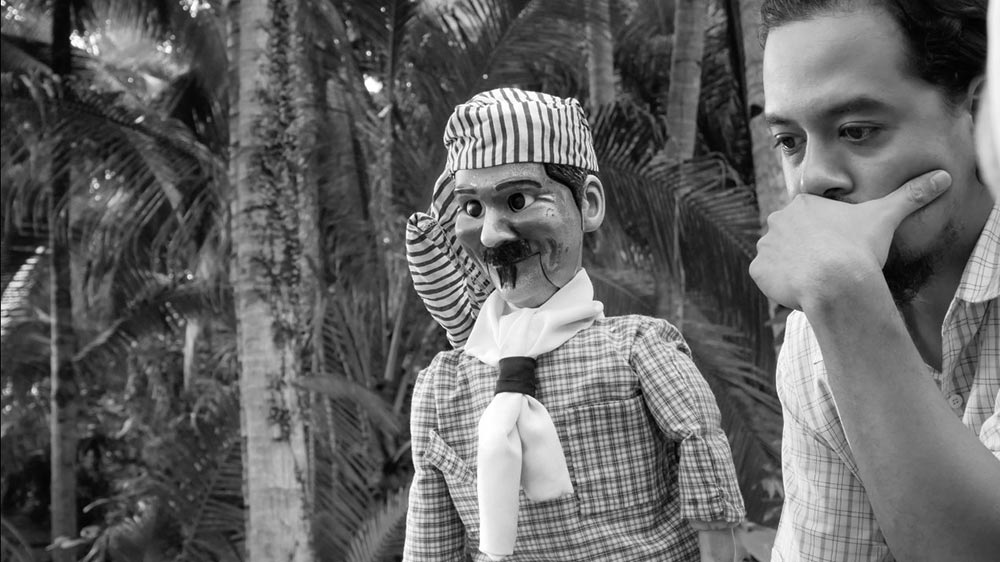Near the middle of Lav Diaz’s History of Ha (2021), a 1950s period piece, a community leader in rural Philippines gives a prophetic speech to foreign gold prospectors at the foot of Isla Diwata. After the death of President Magsaysay in a plane crash, he says, another “true Filipino” of the north—from before the arrival of Islam and Christianity—will emerge as leader. Then, after his reign is over, another Indigenous person from the south, a Visayan, will emerge as the new leader. The leaders he is talking about are Ferdinand Marcos and Rodrigo Duterte, two of Filipino history’s most ruthless fascist dictators. Lav Diaz’s films don’t mince words when it comes to his lamentation of the nationalistic rhetoric that appears throughout the fabric of political history of the Philippines. Every Diaz film is confrontational in its depiction of what plutocratic power does to the vulnerable in society.
This time, Diaz incorporates history and politics within a surreal adventure centered on a ventriloquist named Hernando and his puppet, joining a nun, a sex worker, and a teenage boy on a journey to Isla Diwata, which is supposedly overflowing with gold. While the other three have a sense of purpose around their journey, Hernando is aimless. Heartbroken, he gives up speaking; his puppet, Ha, becomes Hernando’s only vehicle to illustrate his tragedy. The political, romantic, and familial struggles of his life are retold by Ha whose mischievous grin is contrasted by Hernando’s dour expression.
While the central figures change, the base elements of a Diaz film remain untouched: long, still observations of people eating, conversing, and cowering amid the presence of armed soldiers; scenes in the Philippine jungles with crickets filling the soundtrack; and images of state violence against the poor. In History of Ha, the soldiers, often impressionable young men who get off on feeling powerful, use the tips of their guns instead of their hands to inspect people’s papers.
The stillness of the frame and acute positioning of the actors reinforces the sense that the cruelty of the state is inescapable no matter how scenic or paradisiacal the locales. On-screen violence, however, is most often kept to a minimum, aside from a few scenes in Norte, the End of History (2013) or From What is Before (2014). His villains speak in deceptively soft tones and pace around menacingly, just a little too close for comfort to the protagonists. Every time they lift a hand (or a knife) it feels like they can do anything with it.
History of Ha screens this evening, April 9, and on April 27 at Spectacle Theater as part of the series “Season of Lav.”



